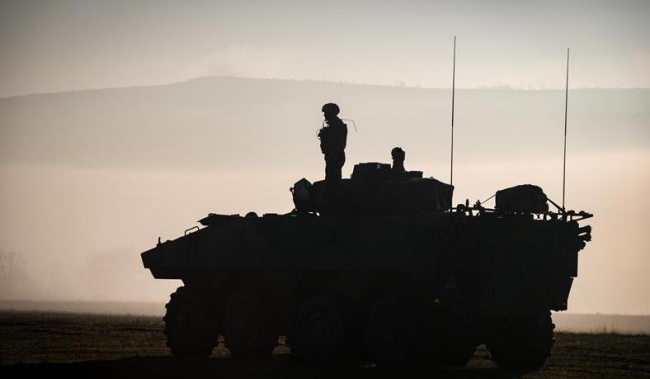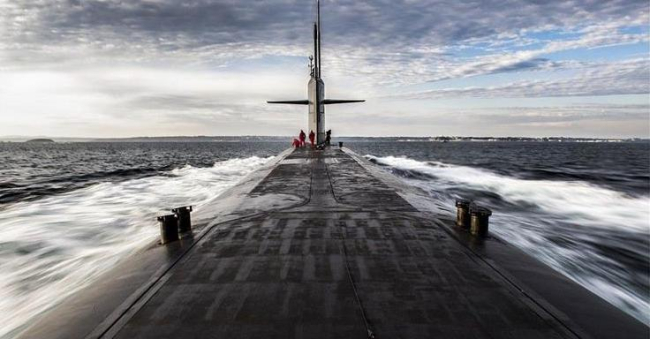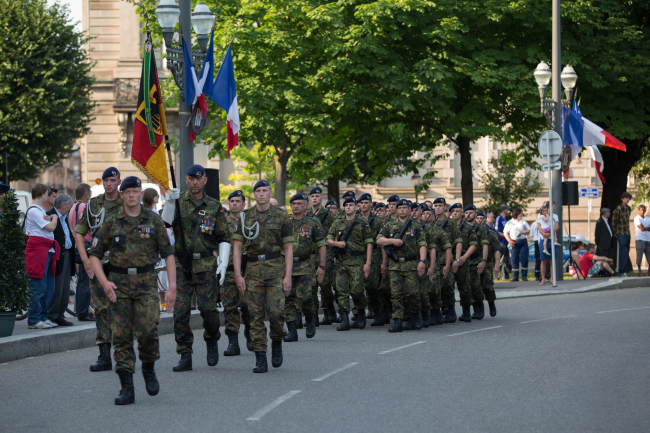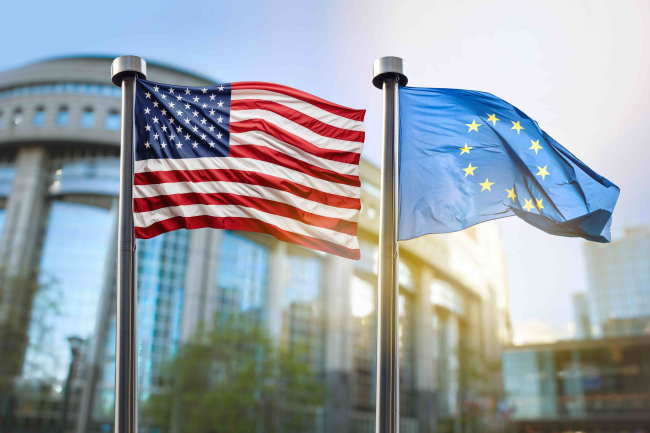Strategic Risk Reduction between Nuclear-Weapons Possessors

The topic of nuclear risk reduction has gained momentum in the international security debate among policymakers, nongovernmental organizations, and experts.
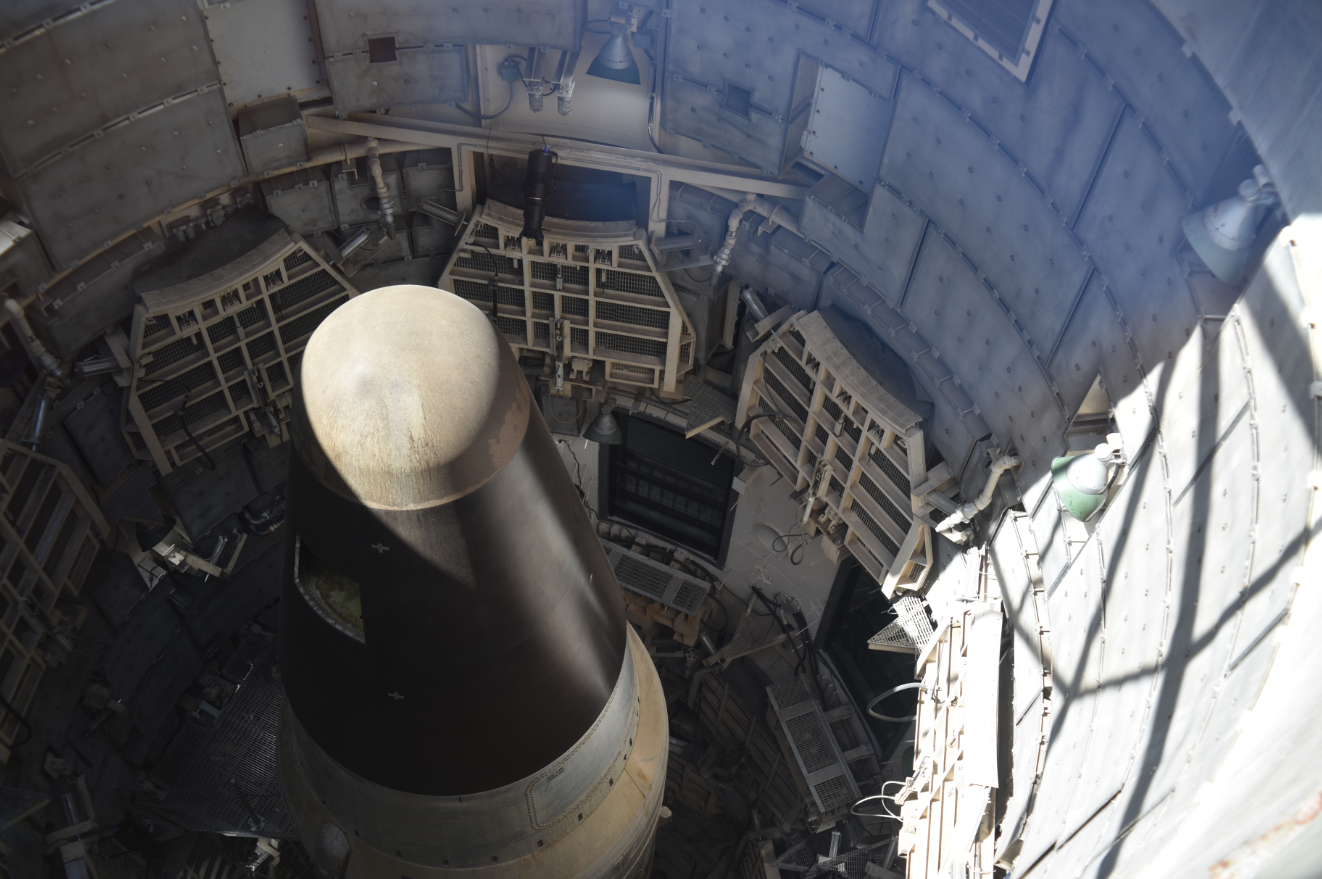
The current and expected demise of the traditional arms-control architecture, the renewed strategic competition, and the polarization of the multilateral debate on nuclear weapons have contributed to this renewed salience. Building upon the 2019 G7 Statement on Non-Proliferation and Disarmament, this report defines strategic risk reduction as the set of unilateral, bilateral, and multilateral measures that aim at lowering the likelihood of nuclear weapons use through improved communication, predictability, and restraint, and underlines the need to adopt a strategic approach to nuclear risk reduction.
Risks emanating from conflict dynamics between nuclear powers are different in nature and severity from those arising from technical incidents. This report argues that in a context of growing geopolitical rivalries, diplomats should prioritize mitigating the former type of risk. Risk reduction efforts should aim at hindering the most dangerous behaviors in crisis time, through measures focusing both on nuclear forces and on nonnuclear capabilities, whose impact on strategic balances keeps growing. Strategic risk reduction can strengthen international security and strategic stability by complementing arms control measures and deterrence policies. It is therefore crucial to ensure that diplomatic initiatives aimed at limiting nuclear risks do not ultimately, and paradoxically, increase the risk of war.
Historical experience shows not only the feasibility of such an approach, but also the concrete security benefits that can be derived from it, by channeling the behavior of nuclear powers in times of tensions, reducing the ambiguity inherent in certain strategies and behaviors, or laying the foundations for international regimes based on operational and strategic restraint as well as on transparency.

Available in:
Regions and themes
ISBN / ISSN
Share
Download the full analysis
This page contains only a summary of our work. If you would like to have access to all the information from our research on the subject, you can download the full version in PDF format.
Strategic Risk Reduction between Nuclear-Weapons Possessors
Related centers and programs
Discover our other research centers and programsFind out more
Discover all our analysesThe Franco-German Brigade and the Revival of European Defense
One thing has been clear since Donald Trump's return to the White House: the very existence of the European unification project is threatened. Unless it develops a sovereign defense policy to counter the war in Ukraine and the weakening of American security guarantees, the European Union will continue to see its internal cohesion and external attractiveness wane.
Taking the Pulse: Can Europeans Build Their Independent Extended Nuclear Deterrent?
Confronted with a U.S. disengagement and the Russian threat, Europeans are reconsidering their stance on nuclear deterrence. Given the capabilities of the French and British arsenals, can Europe develop an independent nuclear deterrent?

RAMSES 2024. A World to Be Remade
For its 42nd edition, RAMSES 2024 identifies three major challenges for 2024.
A Transatlantic Defense Industrial Base? Two Contrasting Views
The evolving landscape of global defense cooperation has brought the transatlantic relationship between the United States (US) and Europe into sharp focus. As geopolitical tensions rise and the threat environment becomes more complex, the question of how Europe can best ensure its security while navigating its relationship with the United States has become paramount. This double feature report offers two contrasting views on the dynamics of US-Europe defense industrial relations, highlighting the challenges and opportunities that lie ahead for both parties.






